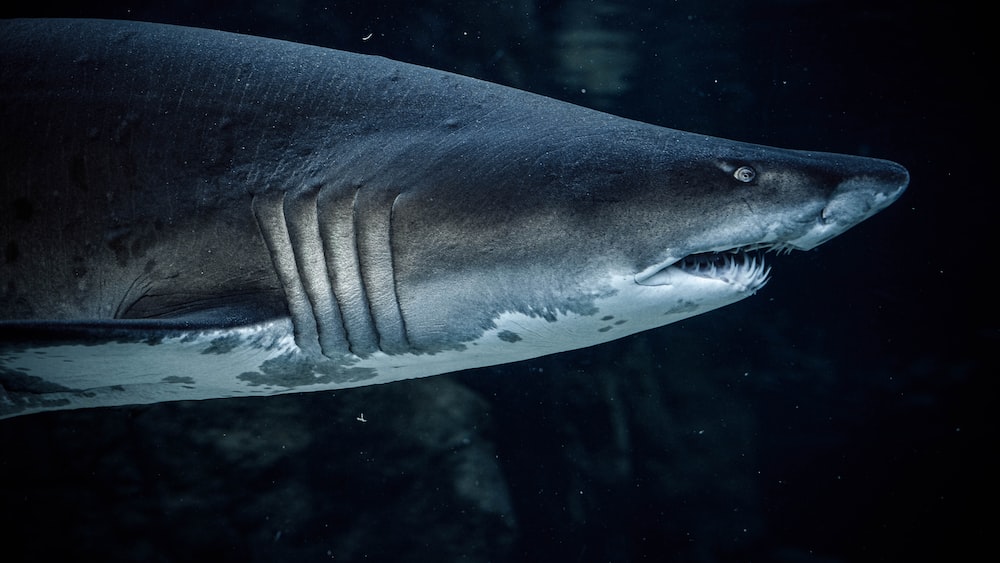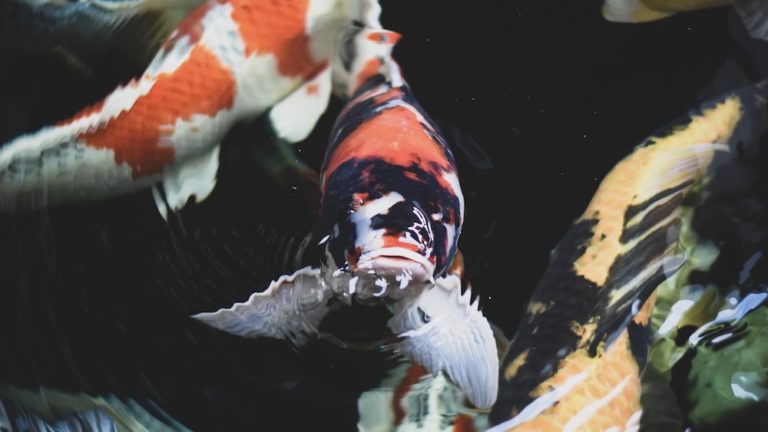All Of The Sharks List: 15 Fascinating Species And Facts
All Of The Sharks List: 15 Fascinating Species And Facts
As a fervent marine life enthusiast, I’ve always been mesmerized by the sheer diversity hidden beneath the waves, especially when it comes to sharks. These maritime marvels, boasting over 400 species, each with their unique quirks and qualities, certainly deserve a deep dive into their watery world. All of the sharks list includes familiar finned celebrities, enigmatic less known types and even, believe it or not, some that favour freshwater frolics over the vastness of the salty sea.
Let’s embark on an odyssey through the ocean to uncover 15 fascinating shark species, and sprinkle in a few facts that may send shivers down your spine or spark a fire in your heart for marine conservation. The all of the sharks list is an invitation to rethink our relationship with these remarkable predators, from the infamous Great White Shark, king of the food chain, to the tranquil filter-feeder, the Basking Shark. Whether they’re gliding gracefully or lurking in the shadows, each of these species has a vital role to play in the delicate dance of ocean life.
In this underwater tale, expect to meet the bull shark, a plucky visitor to freshwater rivers, or come face-to-face with the peculiarly hammerheaded, well, Hammerhead Shark. Each paragraph will act as a porthole into the life of these captivating creatures, combining witty anecdotes with wisdom gathered from the abyss. So, take a deep breath, my fellow eco-adventurers and conservationists, as we plunge into the vast blue to greet all of the sharks list with open minds and maybe a hint of brave curiosity.
Exploring the Diversity of Shark Species
Just when you think you’ve seen all the seas have to offer, the sharks prove there’s more depth to their world than we might imagine. Each species is a thousand tales woven into scales and skin, with behaviors as varied as the many environments they inhabit. In the forthcoming journey through all of the sharks list, expect to be captivated by the unique adaptations and survival strategies that make sharks the undisputed emperors and enigmas of the ocean realm.
1. The Great White Shark: Apex Predator of the Sea
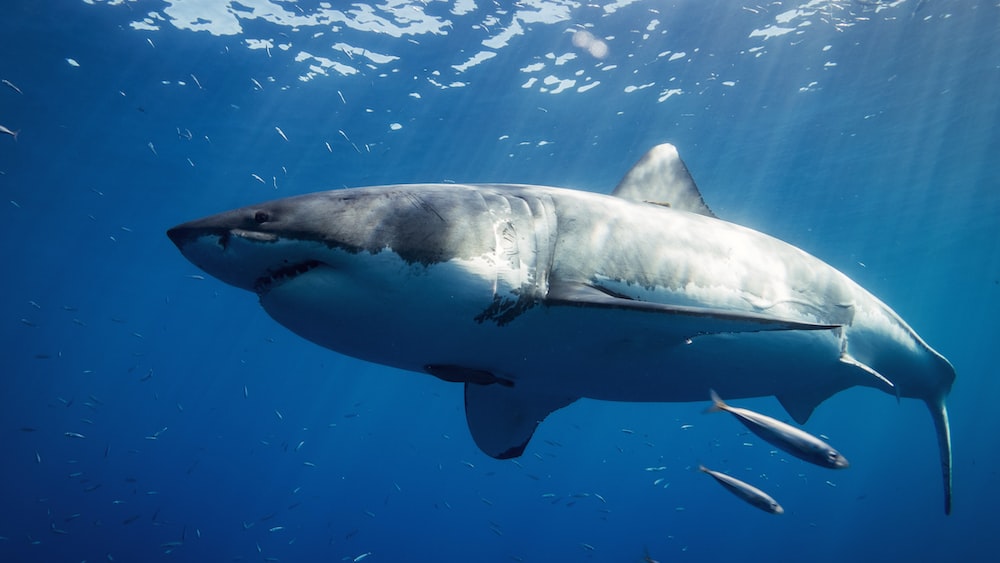
Oh, the Great White Shark, the leviathan that has haunted sailors’ yarns and cinemagoers’ dreams alike! With their torpedo-shaped bodies and rows of serrated teeth, great whites are the epitome of maritime majesty and might. At the pinnacle of the food chain, they are nature’s perfect predator, patrolling the seas with efficiency honed over millions of evolutionary years.
What truly fascinates me isn’t just their power but their intelligence and curiosity. Great Whites are adept hunters, capable of learning and adapting their strategies to capture prey like seals, dolphins, and, occasionally, an unassuming seabird. With their notable role in marine ecosystems as top predators, these sharks are critical in maintaining the balance of the aquatic hierarchy. To see one is to witness nature in its purest form: wild, relentless, and breathtakingly beautiful.
Great White Sharks are not only powerful predators, but also intelligent and curious hunters critical to maintaining the balance of marine ecosystems.
2. The Hammerhead Shark: A Unique Head for Sensory Advantage
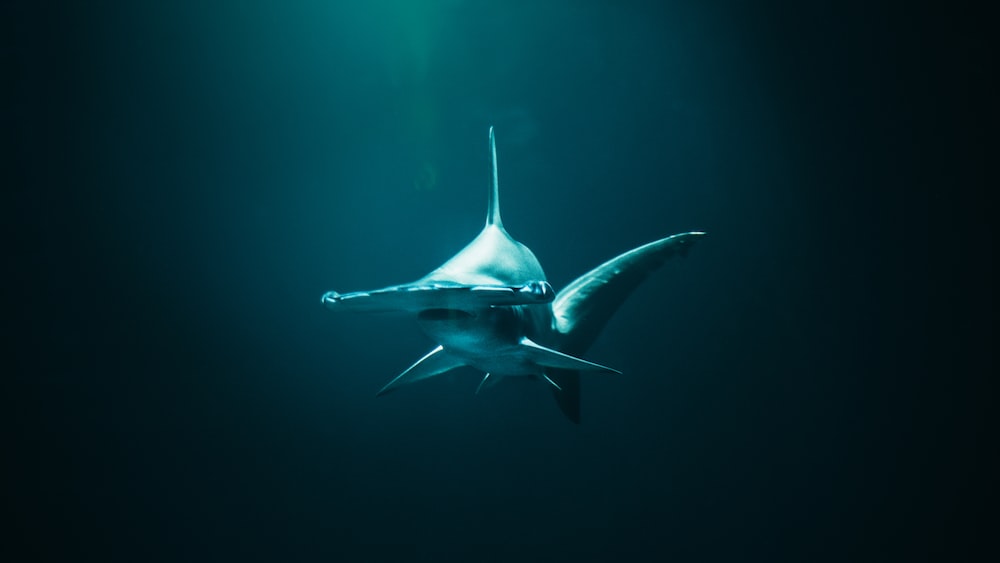
Have you ever wondered why the Hammerhead Shark sports such an unusual noggin? It’s not just a quirky fashion statement; it’s an evolutionary masterpiece. The broad, flattened head, aptly named the ‘cephalofoil’, gives these sharks an otherworldly appearance that’s hard to forget. Beyond its striking visuals, however, lies a sensory powerhouse equipped with heightened electrosensory capabilities perfect for hunting prey.
The hammerhead’s unique head shape provides a wider visual range, allowing them to scan the ocean floor like a metal detector on the hunt for treasure. Stingrays and mollusks may slink into the sandy depths, thinking they’re concealed, but to a hammerhead, they might as well be ringing a dinner bell. With eyes set wide apart and special sensors picking up electric fields, these sharks miss little that occurs in their watery realm.
3. The Whale Shark: Gentle Giants of the Ocean
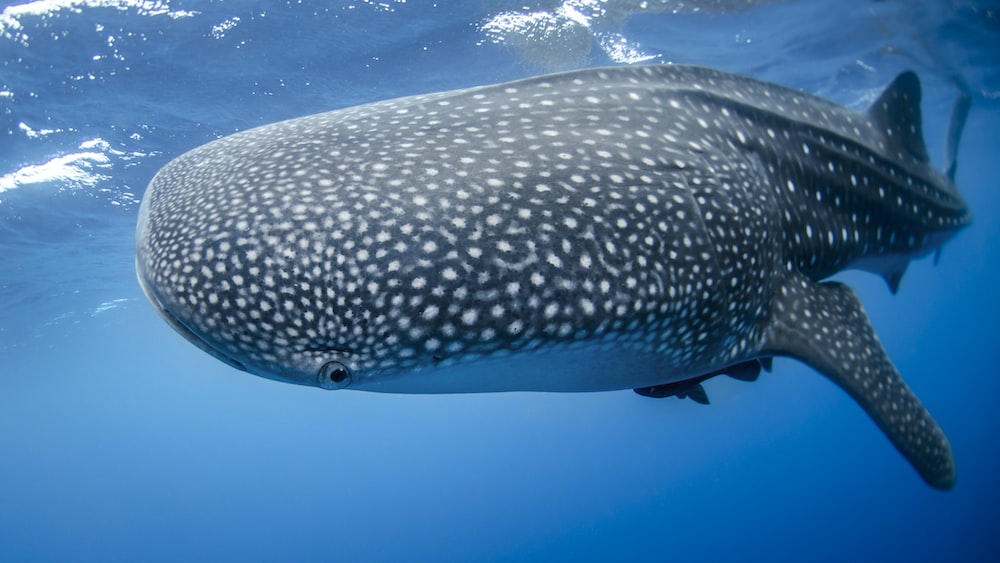
Not all sharks are ferocious predators; some swim the gentler path. The Whale Shark, the largest fish in the sea, is a testament to the ocean’s capacity for gentle giants. Don’t let their size fool you, these filter feeders wouldn’t harm a plankton on purpose, scooping up tiny organisms in their cavernous mouths like a giant living vacuum cleaner.
These behemoths can grow upwards of 40 feet, yet they glide through the water with the grace of an underwater waltz. Whale sharks are decorated with a constellation of distinctive spots, making them one of the most photogenic creatures below the waves. Snapshots with these spotted giants are a badge of honor among divers and marine life enthusiasts worldwide.
4. The Tiger Shark: The Wastebasket of the Sea
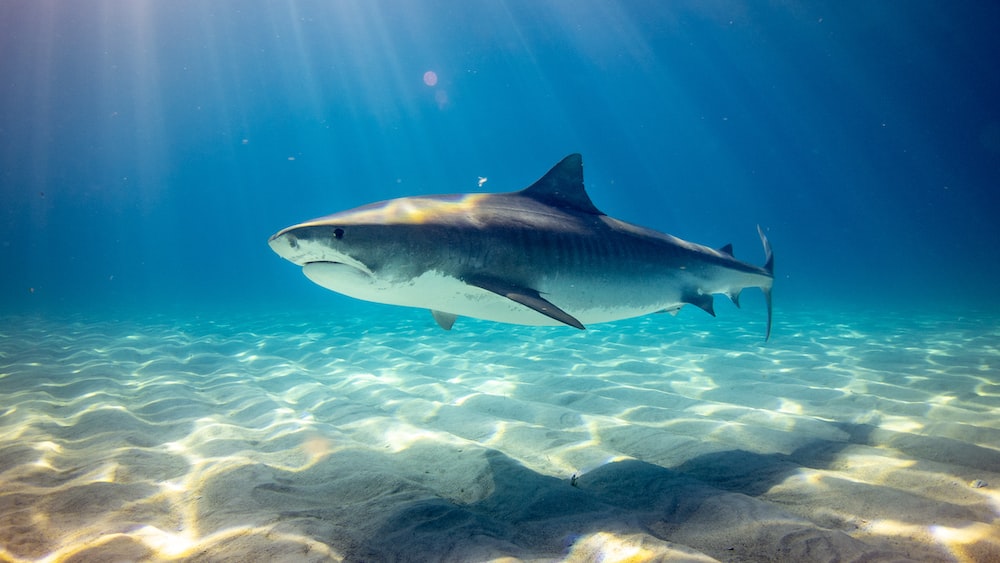
The Tiger Shark, with its dark stripes reminiscent of the big cat from which it gets its name, has earned a reputation as the ocean’s indiscriminate diner. Dubbed ‘the wastebasket of the sea,’ it’s no hyperbole to say these sharks will eat almost anything. The term ‘eclectic palate’ takes on a new meaning with tiger sharks; they’ve been found with everything from license plates to tires in their stomachs.
But don’t disdain their dietary habits; this behavior plays a crucial role in keeping the ocean floor clean. Tiger Sharks serve as echo systems’ waste managers, quite willing to do the dirty work others might snub their snouts at. With a set of powerful jaws and a remarkably undiscerning appetite, they are among the most adaptable predators prowling the seas.
5. The Bull Shark: The Freshwater Visitor
When talking about adaptable sharks, the Bull Shark certainly deserves recognition. With a unique physiological trick up its gill slits, it is one of the few shark species that can thrive in both saltwater and freshwater environments. These brave border crossers have been spotted swimming up rivers, sometimes hundreds of miles inland, an unusual characteristic among their saline-loving kin.
But freshwater jaunts aren’t the bull shark’s only claim to fame. They’re also known for their robust build and an “I’ll-take-you-on” attitude, which puts them on the list of sharks to treat with respect and caution. While they’re not actively seeking to tango with humans, their inquisitive nature and tolerance of brackish waters often lead to chance encounters.
6. The Mako Shark: The Speedster of the Deep
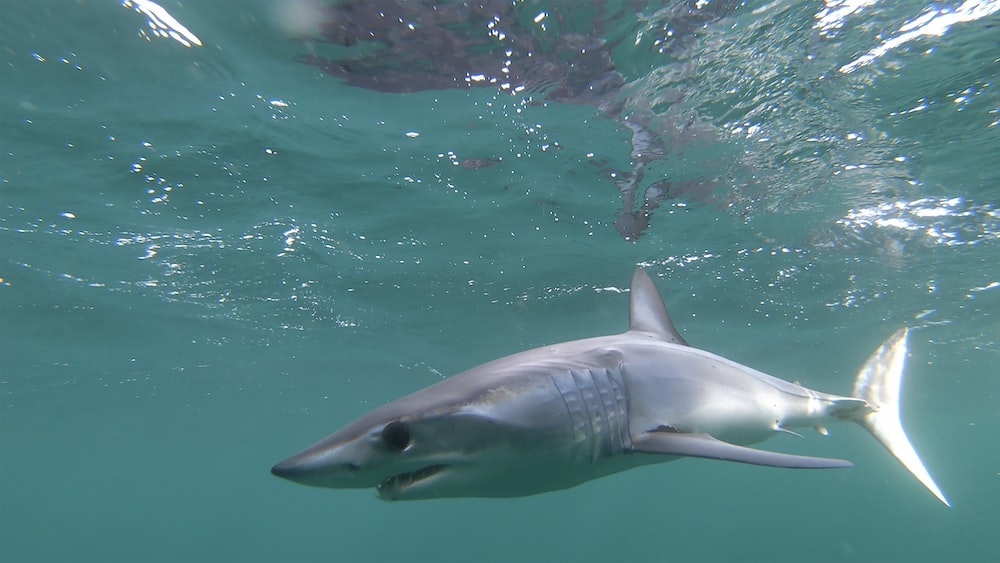
If the underwater world had a drag race, the Shortfin Mako Shark would be gunning for first place. Known for their incredible speed, makos can burst up to 60 miles per hour, making them the cheetahs of the sea. Such velocity comes in handy when you’re on the prowl for tuna and squid, their culinary favorites that also prize quick getaways.
What’s thrilling about observing a mako is that rush of adrenalin you feel as they tear through the water with all the ferocity of a torpedo. Their aerodynamic build and powerful tail are a biological marvel, each evolutionarily crafted to turn these sharks into aquatic missiles – nature’s perfect blend of form and function, poetry in predatory motion.
The Shortfin Mako Shark is known for its incredible speed, reaching up to 60 miles per hour, making it the cheetah of the sea and an aquatic marvel of nature.
7. The Blacktip Shark: Acrobats of the Shallows
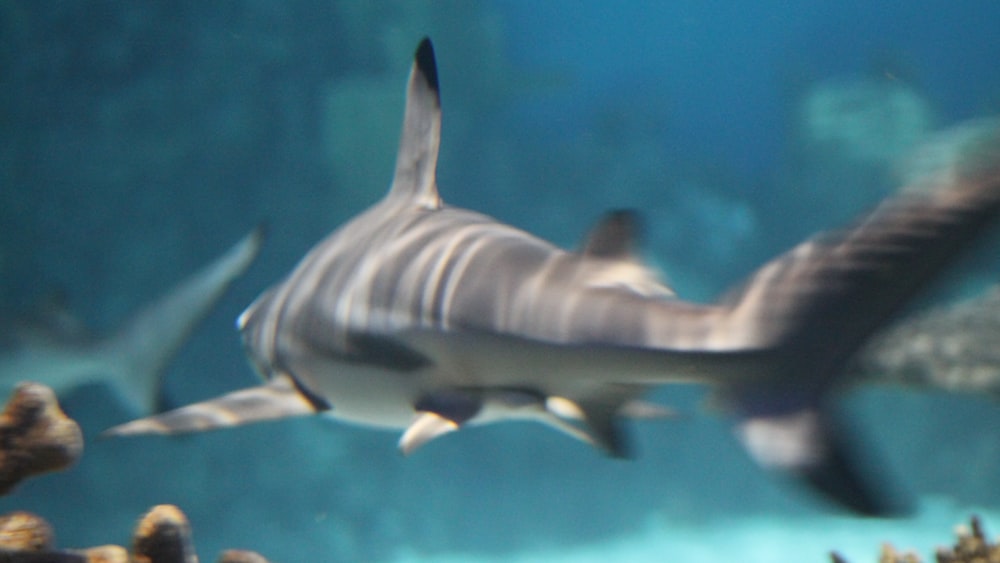
In the shallow, sun-dappled waters of coastal regions, a different kind of shark takes the stage. Meet the Blacktip Shark, often seen leaping and spinning above the surface, a display that would earn a score of 10 in the oceanic Olympics. These agile athletes are easily recognized by the dark tips on their fins that seem to accent their every acrobatic maneuver.
The blacktip’s performance isn’t just for show; it’s a hunting strategy to stun small fish, which make up the main act of their diet. Always on the move, they’re like the dancers of the shark world, keeping a pulse on the shallows where the sun plays on the water’s surface – sharp-eyed, swift, and always ready for applause from their two-legged fans wielding snorkels and flippers.
8. The Lemon Shark: The Social Predator
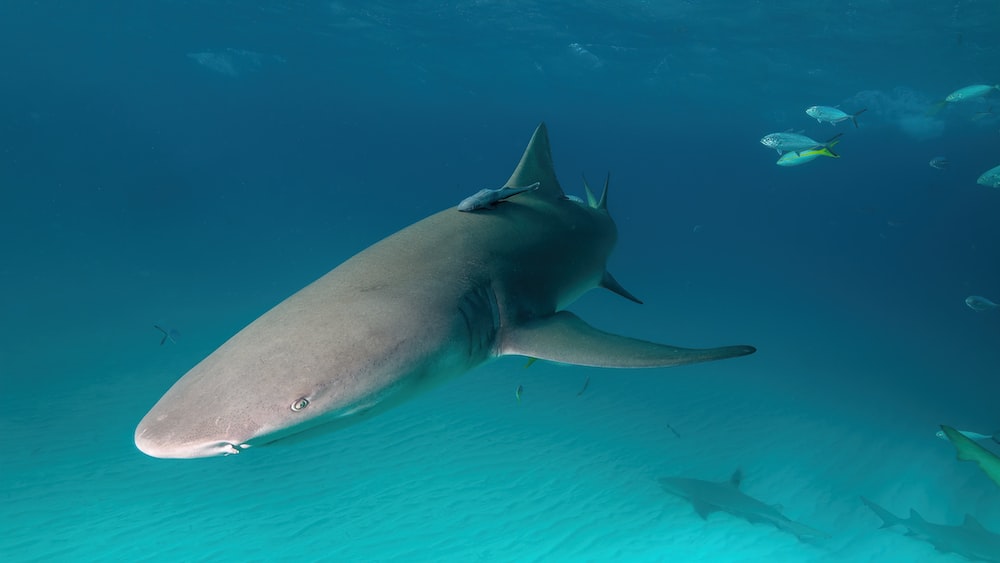
The Lemon Shark, with its distintictive yellow-tinted skin that gives it its common name, could be the most approachable shark in the ‘all of the sharks list’. Not only does this hue provide camouflage against the sandy ocean floor, but it also belies the sociable nature of these majestic fish. Unlike many of their kin, lemon sharks are often seen forming sizable groups, a rare trait that defies the solitary predator stereotype.
They are known to return to the same nursing grounds consistently, showcasing an unexpected level of site fidelity. Researchers, fascinated by these social bonds, have unearthed complex structures in their interactions, akin to the intricate social networks of terrestrial mammals. Lemon sharks are true proof that deep in the ocean’s blue, community thrives under the waves.
9. The Nurse Shark: The Docile Bottom-Dweller
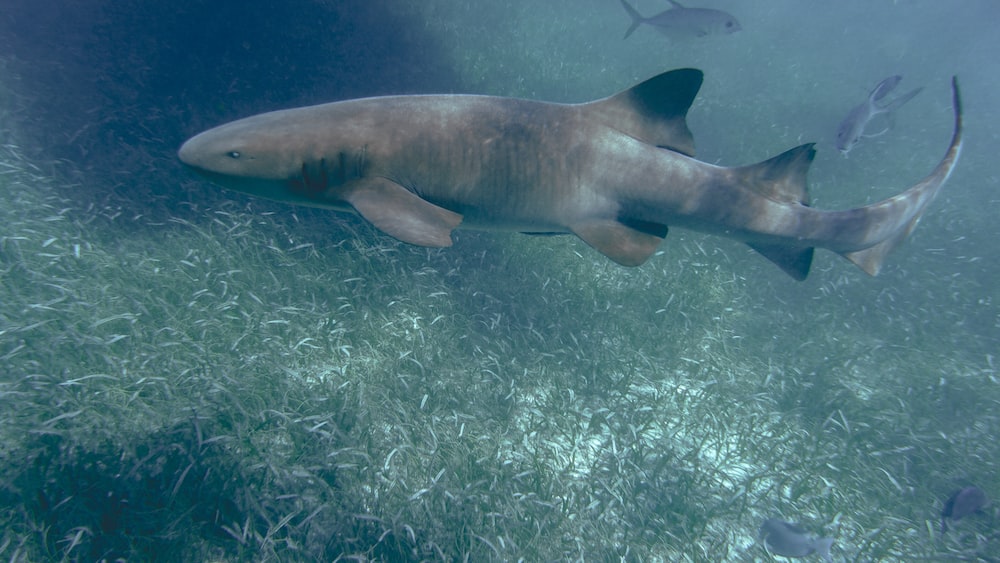
Among the relaxed residents of the reef, you’ll find the nurse shark, a docile bottom-dweller often spotted lying motionless over the seabed. Their name may invoke images of tender care, yet it is actually derived from the Old English word “hurse,” indicating their heavy, sluggish nature. These sharks have been known to suck their prey right out of crevices with a sudden and powerful inhalation.
Though they possess strong jaws, a set of thousands of tiny, serrated teeth, and can grow to an impressive length of up to 14 feet, nurse sharks are generally harmless to humans. They are a testament to the diversity on the ‘all of the sharks list’, reminding us that not all sharks are the voracious predators of popular myth but rather come in an array of personalities and lifestyles.
10. The Basking Shark: The Filter-Feeding Behemoth
Imagine a shark so massive, it rivals the bus you take to work in size. That’s the basking shark, second only to the whale shark in heft within the sharks realm. It’s hard to believe such an enormous creature sustains itself by filter-feeding; a gentle giant floating through the water with its mouth agape, capturing plankton like a living net.
As they elegantly drift through the temperate seas, these behemoths are often accompanied by an entourage of small fish and opportunistic seabirds hoping to catch a free meal. Despite their size, most of the baskers’ life history is shrouded in mystery, but one fact remains crystal clear – when exploring the wonders of the deep, the basking shark is a sight so grand it would humble any marine enthusiast.
11. The Blue Shark: The Elegant Wanderer
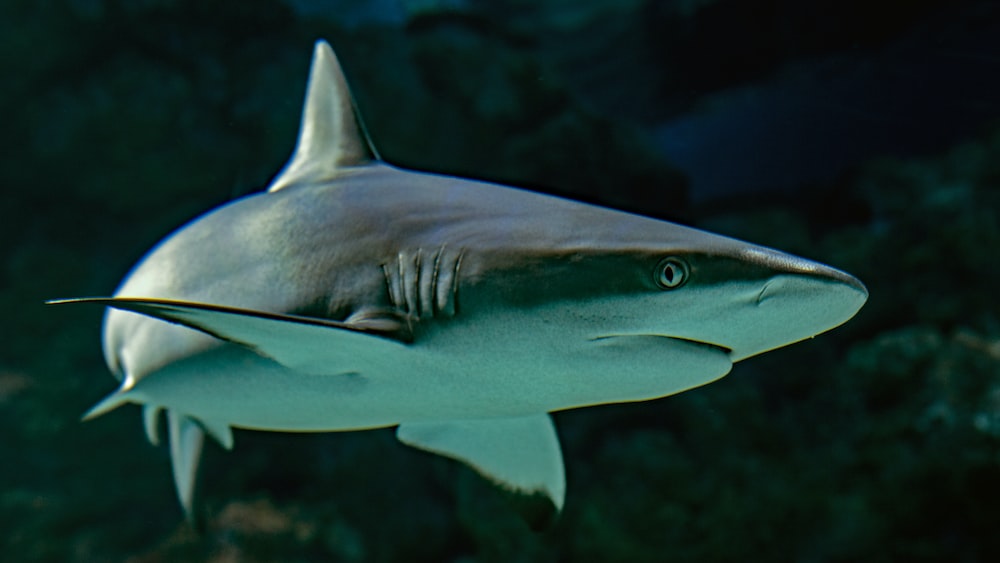
The blue shark is poetry in motion, a true elegant wanderer of the high seas, painted in strokes of indigo and cerulean that rival the hues of the ocean itself. These sharks are graceful long-distance travelers, often found cutting through the open ocean with undeterred purpose. Their slender, torpedo-shaped bodies equipped with long sweeping pectoral fins present a form perfectly honed for endless roaming.
Cuisine-wise, these sharks aren’t picky eaters; they’ll take a bite out of whatever the buffet of the sea offers, from squids to small fish. With their worldly travels and diverse diet, blue sharks play a crucial role in keeping the ocean’s ecosystem in balance. However, it’s not all smooth sailing; blue sharks often fall victim to shark fishing, a grim reminder that even the most wide-ranging nomads aren’t beyond the reach of human impact.
Their life history is a fascinating saga of migration and survival, a tale that any eco-adventurer would be thrilled to unravel. From their mating rituals to their long-distance journeys, blue sharks encapsulate the enigmatic allure of marine life, inviting us to delve beyond the surface and explore the depths of their aquatic existence.
Blue sharks are graceful long-distance travelers with a diverse diet, playing a crucial role in keeping the ocean’s ecosystem in balance, but they are also vulnerable to human impact.
12. The Thresher Shark: The Tail-Slapper
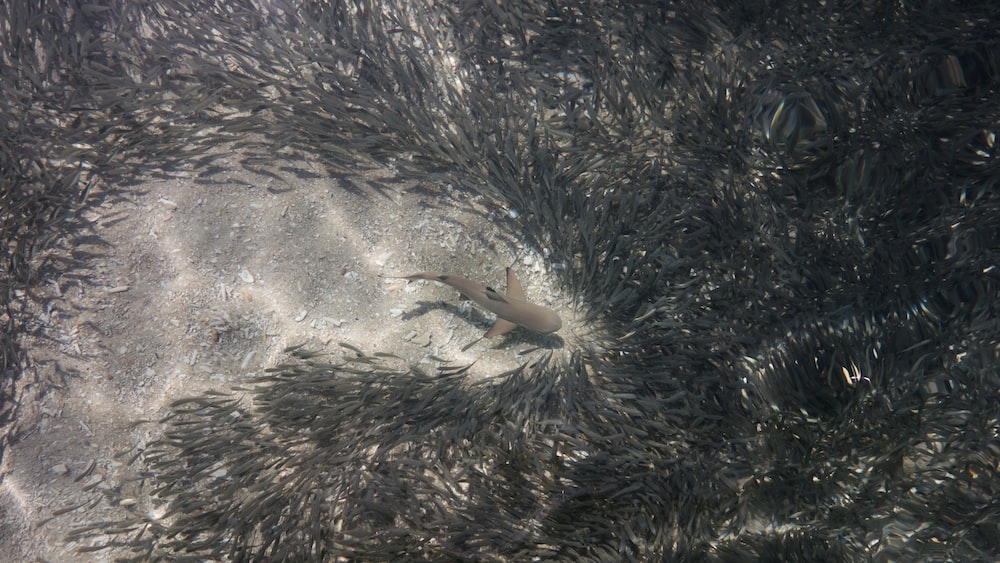
In a unique display that would put any acrobat to shame, the thresher shark boasts an extraordinary tail. This appendage, which can be as long as the shark’s own body, is a versatile tool, doubling as a whip to stun their prey. It’s quite the sight to behold; the thresher shark slaps its tail through the water with such force it can even cause shockwaves to disable schools of fish.
These sharks are nocturnal hunters and utilize their tails not just for hunting, but also as a propeller to launch themselves out of the water in breathtaking breaching displays. Beyond their showmanship, threshers have a shyer nature and are known to keep to the deep, making them somewhat of a mystery on the ‘all of the sharks list’.
13. The Zebra Shark: The Spotted Bottom-Dweller
Don’t let the name “zebra shark” fool you; as adults, these creatures are adorned with spots, not stripes! It’s in their youth that they sport the zebra-like pattern, which they trade for a spotted coat as they mature – a stunning example of nature’s penchant for aesthetic evolution. The zebra shark is a prime example of the biodiversity encompassed in the ‘all of the sharks list’.
Typically found lounging around coral and rocky reefs in the Indo-Pacific, these spotted bottom-dwellers are docile and pose little threat to humans. Their flexible bodies enable them to wiggle into tight spaces in pursuit of crustaceans and mollusks, demonstrating a remarkable adaptability and a keen knack for survival among reef dwellers.
14. The Goblin Shark: The Living Fossil
Meet the goblin shark, the stuff of marine legend and perhaps the closest we might get to seeing a shark from prehistoric times. Often referred to as a “living fossil” due to its ancient lineage, this enigmatic predator has remained relatively unchanged for millions of years. Observing one is like being granted a time-travel pass back to the age of dinosaurs.
With its strikingly peculiar snout and jaws that jut out in an almost alien fashion, the goblin shark isn’t winning any beauty contests in the shark world. Its jaws snap forward in a mesmerizing feeding display rarely witnessed, and even less understood. While these sharks may not be a regular feature in the ‘all of the sharks list’, encountering one is a testament to the sheer antiquity and diversity of shark species.
Beneath the waves, deep water is their sanctuary, where goblin sharks hunt in near-total darkness. Each sighting of this ghostly predator is a cherished anomaly, a fleeting glimpse into the abysmal depths where few humans have dared to venture. Their presence is a reminder that even in the most remote corners of our oceans, life – however bizarre – finds a way to thrive.
15. The Greenland Shark: The Arctic Survivor
Venture into the frigid waters of the Arctic, and you might encounter the Greenland shark, a true survivor of the cold. These cryptic giants, enveloped in the icy depths, can live for centuries, their longevity a biological marvel. It’s hard to comprehend the tales these sharks could tell; they are swimming archives of the ocean’s history, witnesses to changes both natural and man-made.
Eating habits for these sharks are as unconventional as their home; they are known to dine on anything from fish to reindeer, and even the occasional moose that strays too far into their subaquatic territory. Their ponderous pace and blindness caused by eye parasites might paint them as easy targets, yet they’ve endured the harsh Arctic conditions with silent resilience.
Their mysterious nature is compounded by the consuming darkness of their environment, making each discovery about them all the more valuable. As we grapple with the perilous effects of shark fishing and climate change, the Greenland shark stands as a sentinel, a stark reminder of the great unknown still waiting in the waters beyond our reach.
Shark Conservation: The Importance of Protecting Shark Species
In a swirl of fins and a cascade of water, sharks of every shape and size patrol the oceans’ broad expanses. They’re pivotal to marine ecosystems but, alas, they face an uncertain future with the shadow of extinction creeping ever closer. Shark conservation isn’t just a charitable cause; it’s a vital effort to maintain the balance of marine biodiversity. It’s about more than preserving the ‘all of the sharks list’; it’s about safeguarding our ocean’s health and, ultimately, our own survival. With every species that disappears, a thread in the tapestry of life is pulled – and we are the ones who must mend it.
Threats to Shark Populations
Imagine an ocean without its most distinguished navigators, where the intricate balance of marine ecosystems falters. Sharks, the lords of the deep, are facing an array of threats that could steer them towards a precarious future. Paramount among these dangers is overfishing, their fins highly coveted for soups that many still consider a delicacy.
Beyond the hooks and nets, there’s the insidious villain of habitat destruction, with coastal developments disrupting sharks‘ breeding grounds. Climate change is warming the waters and altering currents, which complicates sharks’ survival further. When considering the plethora of perils these creatures face, it becomes clear why many shark species are ominously circling closer to extinction.
Sharks are facing overfishing, habitat destruction, and climate change, pushing many species closer to extinction.
Conservation Efforts and How You Can Help
Engaging in shark conservation is not just for those with marine biology degrees or the eco-warrior’s spear; it’s accessible to all who hold a fascination for the deep blue. Funds and focus are being directed towards sustainable fishing practices and the establishment of marine protected areas, which serve as sanctuaries where sharks can thrive. Additionally, educating the masses about the critical role sharks play in our oceans fosters a global shift in perception.
Getting involved can be as simple as advocating for sharks on social media or diving into the world of citizen science, where everyday explorers contribute to shark research through photo identification and tracking. You can also support organizations dedicated to protecting these magnificent creatures by offering donations or adopting a shark. Together, our collective action can fuel the tide of change, ensuring future generations can marvel at all of the sharks list we treasure today.
FAQs
1. What is the most endangered shark species?
The most endangered shark species is arguably the Sawfish, which, while technically a ray, is closely related to sharks. Critically endangered, they suffer from habitat loss and bycatch, the accidental capture in fishing gear meant for other species. Sawfish once swam in abundance in warm coastal waters but now silently narrate a cautionary tale of neglect and mismanagement.
2. How can I tell different shark species apart?
Differentiating shark species can be done through unique characteristics such as size, color patterns, fin shapes, and snout forms. For instance, the Hammerhead Shark with its iconic flat, extended head and the Great White Shark distinguished by its robust, torpedo-shaped body are unmistakable. Observing these features can transform one’s curiosity into a sharp skill for identifying these seafaring legends.
3. What role do sharks play in the ecosystem?
Sharks play the critical role of apex predators in the ecosystem, managing the diversity and health of ocean life. As custodians of the marine world, they help regulate species’ populations and maintain the balance necessary for a thriving aquatic environment. Without sharks, the equilibrium of the ocean is at risk – akin to removing the conductor from an aquatic symphony where the harmony of nature relies on every instrument, or fin, in this case.
4. Are there any freshwater shark species?
While the vast majority of sharks are saltwater species, there are indeed sharks that venture into freshwater. The most notable of these is the Bull Shark, which is known for its remarkable ability to adapt to freshwater environments like rivers and lakes. This adaptation has allowed bull sharks to swim far upstream in rivers across the world.
Conclusion
After diving into all of the sharks list, we surface with a newfound appreciation for the awe-inspiring diversity sailing beneath the waves. Reflecting on the various species of sharks, from the continental-shelf cruising Great White to the deep-sea mysteries like the Goblin Shark, it’s evident that our understanding and protection of them are more crucial than ever. The vast oceanic expanse is a treasure trove of fascinating lives, and sharks undeniably claim their fame in its watery depths.
It’s up to each of us to play our part in safeguarding their future; let the call of the ocean inspire action in our land-bound lives. Conservation starts with education and leads to action. So, may your next step be one that ripples positively through the marine ecosystems that these creatures call home. As we bid farewell, remember that the story of marine conservation is still being written, and you, dear reader, have the power to craft the next chapter.
Goodbye, and may your days be filled with salt spray and the echo of dolphin calls, Jasper Flynn.

